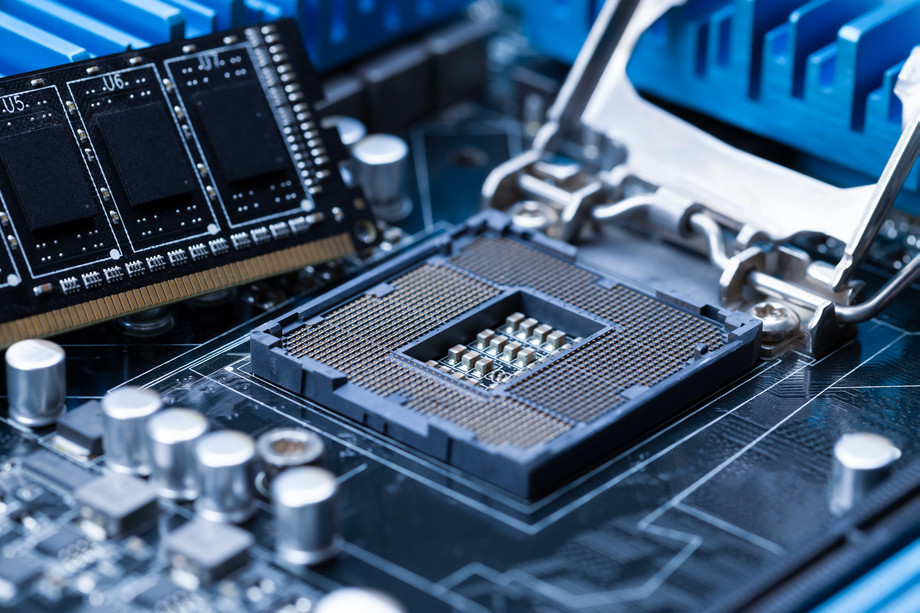Embedded hardware advancements are revolutionizing patient care and operational efficiency in the continually changing healthcare industry. These developments increase patient outcomes overall, treatment precision, diagnostic accuracy, and medical device capabilities. This blog examines how embedded hardware has a big impact on healthcare, providing important case studies and insights on the integration of embedded system software.
Understanding Embedded Hardware in Healthcare
Embedded hardware refers to specialized computing systems designed to perform dedicated functions within larger systems or devices. In healthcare, these systems are embedded into medical equipment, ranging from diagnostic tools to therapeutic devices and monitoring systems. The integration of embedded hardware enables real-time data processing, remote monitoring capabilities, and seamless connectivity—all critical aspects of modern healthcare delivery.
Key innovations driving change
1. Remote Patient Monitoring Systems
Embedded hardware facilitates the development of remote patient monitoring systems, allowing healthcare providers to track vital signs, medication adherence, and other health metrics outside of traditional clinical settings. For instance, wearable devices embedded with sensors can continuously monitor a patient's heart rate, blood glucose levels, or respiratory patterns, transmitting data to healthcare professionals in real-time.
2. Diagnostic Imaging Equipment
In diagnostic imaging, embedded hardware powers advanced modalities such as MRI (Magnetic Resonance Imaging) and CT (Computed Tomography) scanners. These devices rely on embedded systems for precise image acquisition, reconstruction, and analysis, aiding in the accurate diagnosis of conditions ranging from fractures to tumors. Embedded system software ensures that these devices operate efficiently and deliver high-quality imaging results.
3. Implantable Medical Devices
Implantable medical devices, such as pacemakers and neurostimulators, leverage embedded hardware to monitor physiological signals, deliver therapeutic interventions, and communicate health data wirelessly. These devices are crucial in managing chronic conditions and enhancing patient quality of life, demonstrating the intricate integration of embedded hardware and system software in healthcare innovations.
Enhancing operational efficiency
Beyond clinical applications, embedded hardware solutions optimize healthcare operational workflows. Electronic health records (EHR) systems, for instance, rely on embedded systems to securely store and manage patient data, ensuring accessibility and compliance with healthcare regulations. Robotics and automation in surgical theaters also benefit from embedded hardware, enabling precise movements and reducing procedural risks.
Future directions and challenges
As healthcare continues to embrace digital transformation, the demand for embedded hardware innovations is poised to grow. Future developments may include more compact and energy-efficient devices capable of supporting AI-driven diagnostics, personalized medicine, and telemedicine solutions. However, challenges such as data security, interoperability, and regulatory compliance remain critical considerations in the adoption of embedded hardware in healthcare settings.
Conclusion
Embedded hardware innovations are revolutionizing healthcare by enhancing diagnostic capabilities, improving patient monitoring, and optimizing operational efficiencies. From remote patient monitoring systems to advanced diagnostic imaging equipment and implantable medical devices, these innovations underscore the transformative power of embedded hardware in modern healthcare delivery. As technology continues to evolve, the integration of embedded system software will play a crucial role in advancing patient care and shaping the future of healthcare.
In conclusion, the synergy between embedded hardware and system software represents a cornerstone of innovation in healthcare, promising continued advancements in medical technology and patient-centric care.
To Know More About embedded hardware

